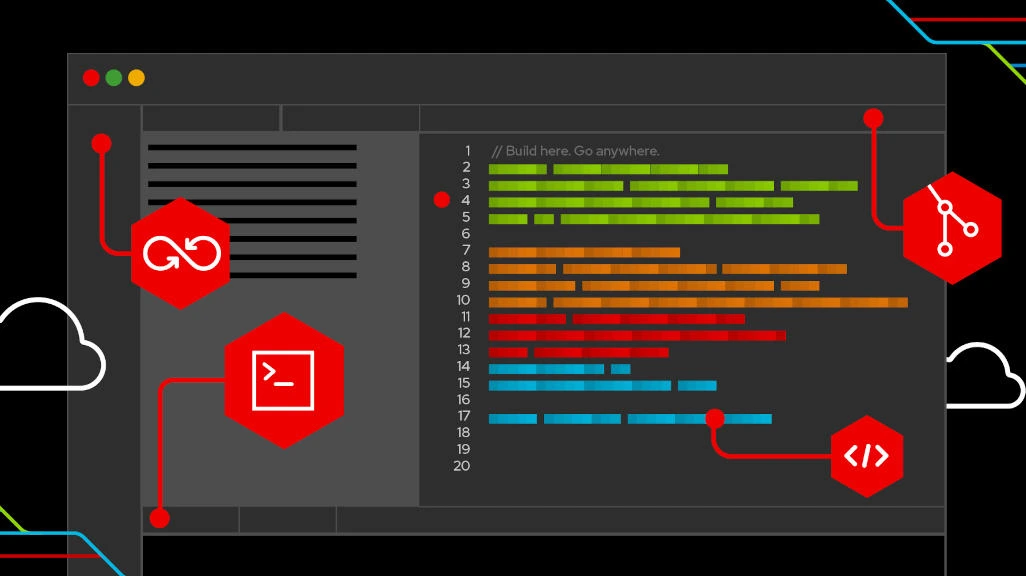
Node.js lead for Red Hat and IBM
Michael Dawson
Michael Dawson is an active contributor to the Node.js project and chair of the Node.js Technical Steering Committee(TSC). He contributes to a broad range of community efforts including platform support, build infrastructure, N-API, Release, as well as tools to help the community achieve quality with speed (ex: ci jobs, benchmarking and code coverage reporting). As the Node.js lead for Red Hat and IBM , he works with Red Hat's and IBM's internal teams to plan and facilitate their contributions to Node.js and v8 within the Node and Google communities.Past experience includes building IBM's Java runtime, building and operating client facing e-commerce applications, building PKI and symmetric based crypto solutions as well as a number of varied consulting engagements. In his spare time, he uses Node.js to automate his home and life for fun.
Michael Dawson's contributions

Article
How to investigate 7 common problems in production
Michael Dawson
Learn how to investigate common problems in production, including memory leaks, slow performance, etc.

Article
Introduction to the Node.js reference architecture, Part 11: Typical development workflows
Michael Dawson
When discussing architecture, consider that developers use various environments and workflows. We describe 5 typical workflows in part 11 of the Node.js series.
 Blog
Blog
Observability for Node.js applications in OpenShift
Michael Dawson
The ability to observe and collect information about your application in

Article
How to deploy Next.js applications to Red Hat OpenShift
Michael Dawson
Next.js is one of many popular frameworks for deploying sites based on Node.js. In this article, you'll learn how to deploy Next.js applications using the ubi8/nodejs-16 and ubi8/nodejs-16-minimal containers available from Red Hat. We will also show you how to deploy the containers to Red Hat OpenShift.
 Blog
Blog
Node.js 18 LTS - Preparing for deployment on RHEL
Michael Dawson
Node.js 18 has been promoted to LTS in the upstream community. Due to lead times

Article
How the Next-10 project supports the future of Node.js
Michael Dawson
Discover how the Node.js community‘s Next-10 project is the basis for many backend web applications and offers lessons for other open source communities.

Article
Node.js Reference Architecture, Part 10: Accessibility
Michael Dawson
Learn what Node.js developers can do to make applications more accessible to disabled users and why it is important.

Blog
NodeConf EU 2022 30 second wrap-up
Lucas Holmquist
+2
Get a recap of Red Hat talks at NodeConf EU, one of the key Node.js events in

How to investigate 7 common problems in production
Learn how to investigate common problems in production, including memory leaks, slow performance, etc.

Introduction to the Node.js reference architecture, Part 11: Typical development workflows
When discussing architecture, consider that developers use various environments and workflows. We describe 5 typical workflows in part 11 of the Node.js series.

Observability for Node.js applications in OpenShift
The ability to observe and collect information about your application in

How to deploy Next.js applications to Red Hat OpenShift
Next.js is one of many popular frameworks for deploying sites based on Node.js. In this article, you'll learn how to deploy Next.js applications using the ubi8/nodejs-16 and ubi8/nodejs-16-minimal containers available from Red Hat. We will also show you how to deploy the containers to Red Hat OpenShift.

Node.js 18 LTS - Preparing for deployment on RHEL
Node.js 18 has been promoted to LTS in the upstream community. Due to lead times

How the Next-10 project supports the future of Node.js
Discover how the Node.js community‘s Next-10 project is the basis for many backend web applications and offers lessons for other open source communities.

Node.js Reference Architecture, Part 10: Accessibility
Learn what Node.js developers can do to make applications more accessible to disabled users and why it is important.

NodeConf EU 2022 30 second wrap-up
Get a recap of Red Hat talks at NodeConf EU, one of the key Node.js events in
